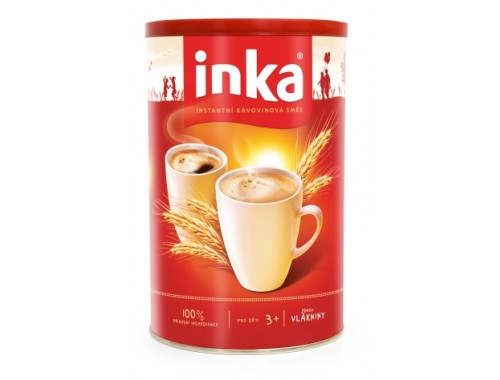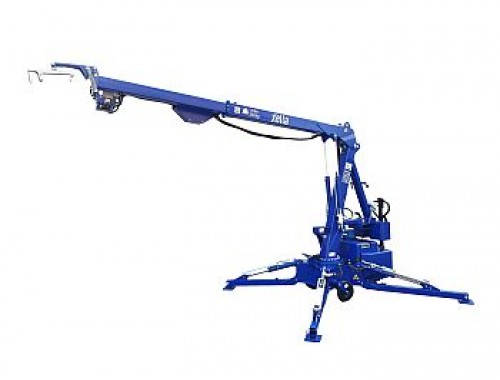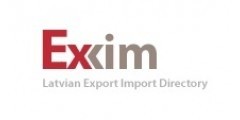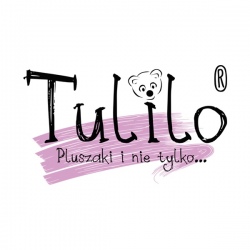Polish meat exporters. Popular Polish meat
What factors contributed to the growth of meat exports from Poland in 2023, and what challenges do Polish exporters face in foreign markets?
Polish meat exports have become a key pillar of the country's agri-food economy, significantly contributing to the increase in overall export value. In 2023, the value of agri-food product exports reached a record 51.8 billion EUR, marking an 8.1% increase compared to the previous year. Polish meat exports are mainly based on three key types – poultry, beef, and pork – which generate a substantial portion of the total export revenue and are valued for their high quality and competitive prices on international markets.
Poultry is undoubtedly the most important export product in the meat category, with export values estimated at around 4.6 billion USD in 2023. Poland is one of Europe’s largest suppliers of poultry meat, with main export markets in EU countries such as Germany, France, and Italy, as well as in the United Kingdom and Ukraine. In selected markets, like the UK, the average export price of poultry is significantly higher than in other countries, yielding additional revenue for Polish producers. High quality and competitive prices make Polish poultry exceptionally competitive on the European market. This range allows Polish exporters to expand their operations at various price points, meeting the needs of customers with different budgets and preferences.
The second most important category of meat exports from Poland is beef, with exports valued at approximately 1.8 billion EUR in 2023. Polish beef reaches both European markets and more distant ones, such as the United States. The high quality of Polish beef, combined with competitive prices, contributes to the growth of Polish beef exports, which are increasingly popular due to solid production standards and effective logistics. Improvements in transport and access to energy in Poland have positively influenced price stability, further strengthening the position of Polish beef on foreign markets.
Pork, though less prominent in Polish meat exports, remains a vital component of the export portfolio. In 2023, pork exports were valued at approximately 891 million USD. However, the Polish pork sector faces intense competition, especially from inexpensive Ukrainian pork, which has duty-free access to EU markets. Polish producers are striving to meet this competition by investing in quality, innovative breeding methods, and diversifying export markets.
The European Union remains the primary export market for Polish meat, with Germany as the leading recipient. In 2023, exports of agri-food products to EU countries accounted for around 73% of total exports in this category. Germany imports Polish agri-food products worth around 13.3 billion EUR, making them Poland’s largest foreign client. Other significant markets in the EU include France, Italy, the Netherlands, and the Czech Republic. Increased exports to these countries indicate that Polish products are gaining popularity on European tables.
Poland is also expanding meat exports beyond European markets, including to the United Kingdom and the United States, where Polish products are valued for their quality and food safety standards. In 2023, agri-food exports to the UK reached 4.2 billion EUR, marking a 14% increase from the previous year. In the US, the increase was around 13%, with the value of Polish meat exports there reaching approximately 870 million EUR. This shows that Poland's meat sector is becoming increasingly global, and Polish products are appreciated not only in Europe but also on other continents.
The increase in meat exports from Poland is also due to favorable economic conditions. Transport costs and energy availability in Poland have recently been stable, allowing for competitive export prices. On the other hand, competition from Ukrainian products, which have duty-free access to EU markets, poses additional pressure on Polish producers. Despite this, Polish companies are effectively adapting to changing market conditions, investing in new technologies, and adjusting their products to meet the demands of international customers.
Poland’s export strategy focuses on market diversification and expanding exports to both European and non-European countries. Over recent years, Poland has not only strengthened its position in Europe but has also increased its presence on other continents, which is a promising direction for future development.
- Economy
- Export
- International cooperation
- Construction
- Agriculture, Food
- Regional development, investment in Poland
- What's worth knowing
Agriculture, Food
Polish meat exporters. Popular Polish meat


Source: https://www.poland-export.com/

See also:

Chocolate and chocolate products from Poland
For years, Poland has been strengthening its position as one of the key exporters of chocolate products in Europe. Chocolate exports constitute an important segment of Polish foreign trade and cover a wide range of chocolate products

Cherry Export. Polish Cherries Around the World
The export of cherries from Poland is playing an increasingly important role in the international fruit market.

Cosmetics export. Cosmetics from Poland
The export of cosmetics and toiletries from Poland is developing at a dynamic pace, thanks to which Poland has gained the status of one of the leaders in the production and sale of these products in Central and Eastern Europe

Export of Windows: Window Joinery from Poland
Poland has been playing an important role on the international window market for many years, being one of the largest window exporters in the world.

FTA - Free Trade Agreements: Do They Exist and Can They Lower Tariffs?
Free Trade Agreements (FTAs) are key tools in international trade policy, aimed at reducing trade barriers...
Help needed ?
If you have not found the desired product, company, service or the searching results are not satisfactory for you, do not hesitate to contact us and tell what you are looking for or what you need. We will send your inquiry directly to the interested companies.
Write to us

 pl
pl  en
en  de
de  es
es  fr
fr  it
it  pt
pt  ru
ru  sv
sv 













.jpg)


